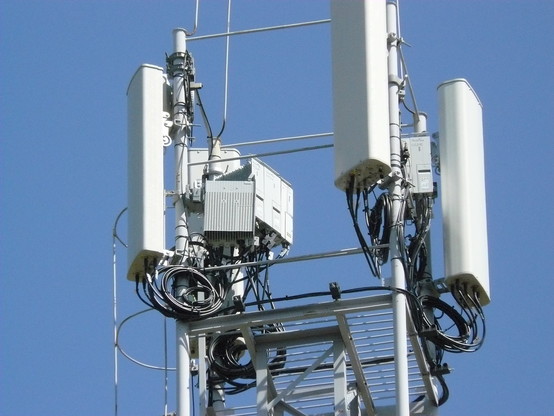Wildlife struggle in an increasingly noisy world
by William F. Laurance
September 21, 2015
"We live on an ever more-populous planet, pulsating with human-generated noises of every description. The most ubiquitous noise-making structures we produce are #traffic-laden roads (Fig. 1), which already criss-cross much of the Earth and are projected to increase in length by some 25 million km by midcentury: enough to encircle the planet more than 600 times. For wildlife, the challenges of living in a world increasingly swamped by such infrastructures are only going to worsen.
[...] "The notion that road noises can disrupt the foraging behavior of birds was bolstered by a laboratory experiment on white-crowned sparrows, one of the more common migrators that suffered lower body condition near the phantom road. In the laboratory, birds exposed to increasingly intense road noises (55 and 61 dB) spent progressively more time being vigilant (raising their heads and looking around) and less time feeding than did birds without road noise (32 dB). Moreover, the authors (9) found no evidence that the sparrows habituated to simulated road noises, suggesting that learning to ignore certain noises is too risky a strategy when one is migrating through a potentially predator-rich environment. Other conceivable explanations for the authors’ findings (such as a possible reduction in insect prey in noisy places) seem less compelling, given that they found that both fruit- and insect-eating birds were negatively affected by road noise.
"The phantom-road study by Ware et al. (9) suggests that the rapidly expanding footprint of roads and other infrastructure across the planet might be invisibly degrading habitat quality for #NoiseSensitive species. Notably, there is no reason to presume that these findings would be confined only to conventional road systems. For example, might sensitive marine species, such as #echolocating cetaceans and migratory fish, avoid noisy regions, such as high-volume #ShippingLanes or areas where #NavalVessels regularly pierce the oceans with high-intensity sonar? Could #echolocating bats be distressed by roaring #airplanes or even by the steady whine of #WindFarms or other infrastructure? For that matter, might even hiking trails frequented by quiet ecotourists or researchers reduce local wildlife activity, as has been observed in protected areas in California and Sumatra, Indonesia?
"Another intriguing possibility is that species that use #lowfrequency #infrasound for long-distance communication—such as #elephants and #cassowaries —might be especially vulnerable to road noises. Low-frequency sounds travel further than do those at higher frequencies and are less likely to be blocked by vegetation and other obstacles.
"For species that use infrasound, the halo effects around roads could potentially be enormous in extent. This seems broadly consistent with the observation that bird species that produce low-frequency calls show stronger avoidance of roads than do those that call at higher frequencies.
"Despite the intriguing implications of the Ware et al. study, it is apparent that vehicle noise is not the only thing that can induce wildlife to avoid roads. In the Amazon rainforest, for example, even narrow dirt roads with very little traffic (<five vehicle passes per day) can markedly reduce the local abundance (17) and road-crossing movements (18) of some understory bird species. Even more dramatically, wider clearings (∼200 m), such as those typical of major #highways, can completely halt the movements of strongly #forest-dependent species, preventing experimentally translocated birds from returning to their territories and lifelong mates."
https://www.pnas.org/doi/10.1073/pnas.1516050112
#NoisePollution #Highways #GorhamConnector #GorhamSpur #SaveTheForest #Maine #AnthropogenicNoise
